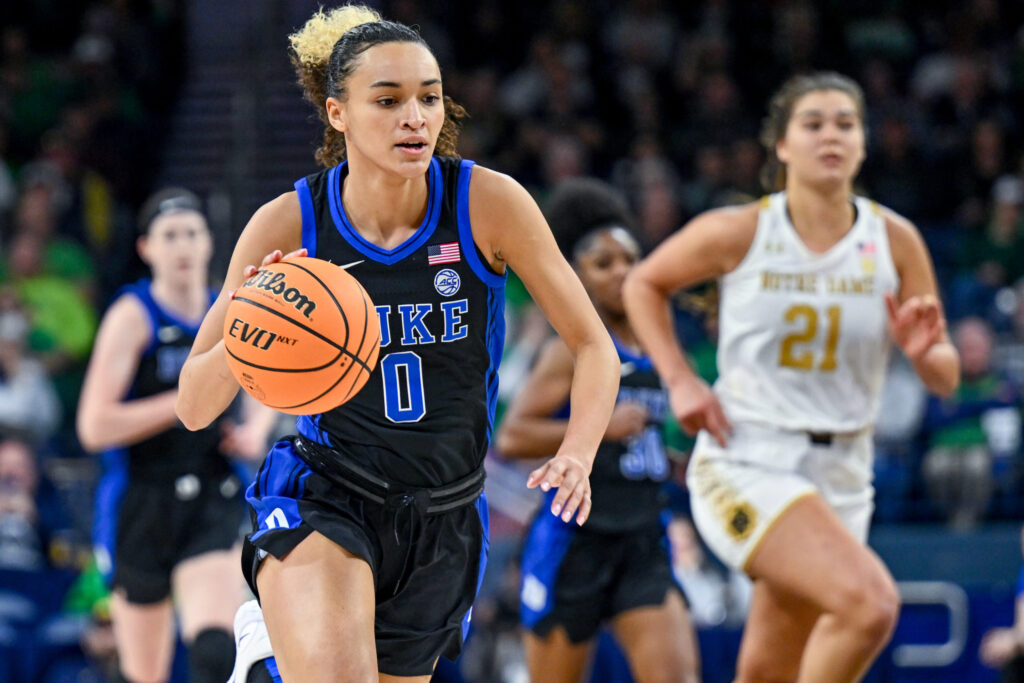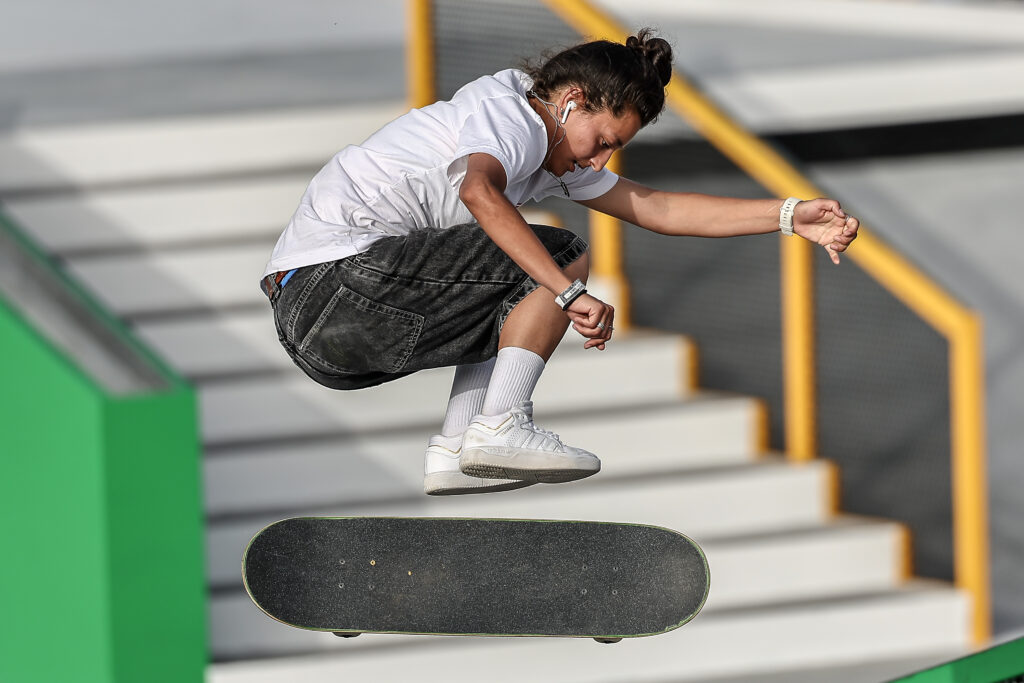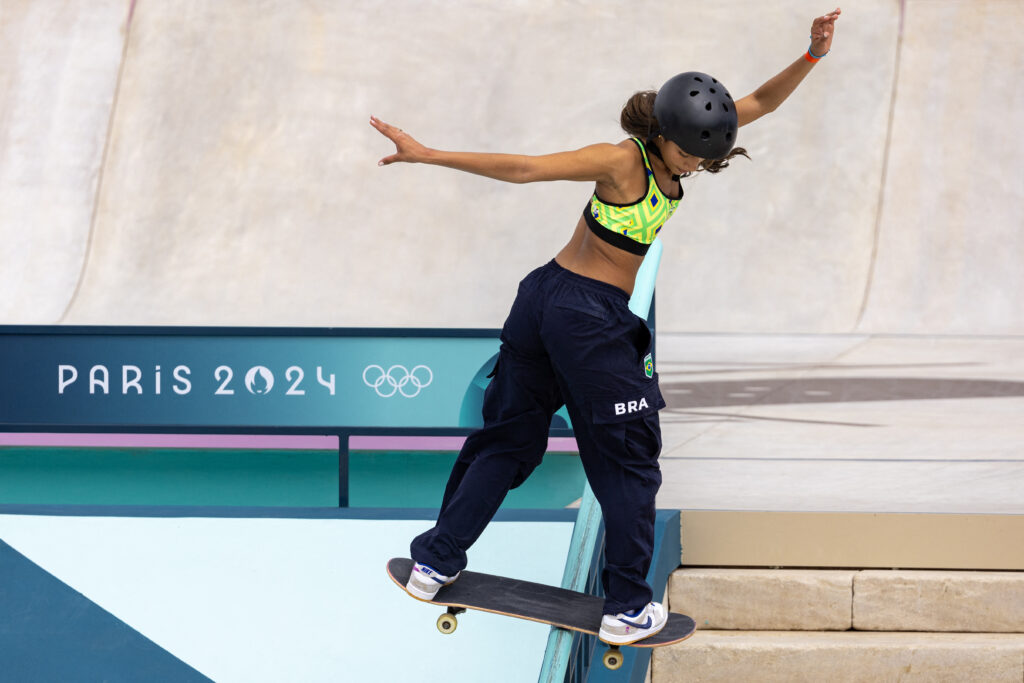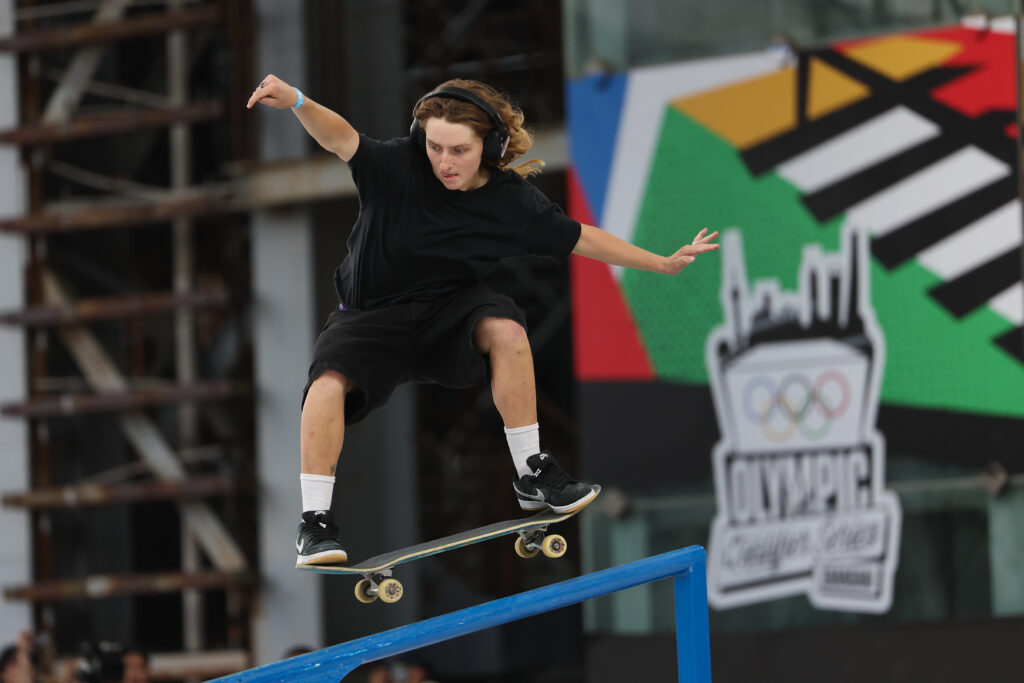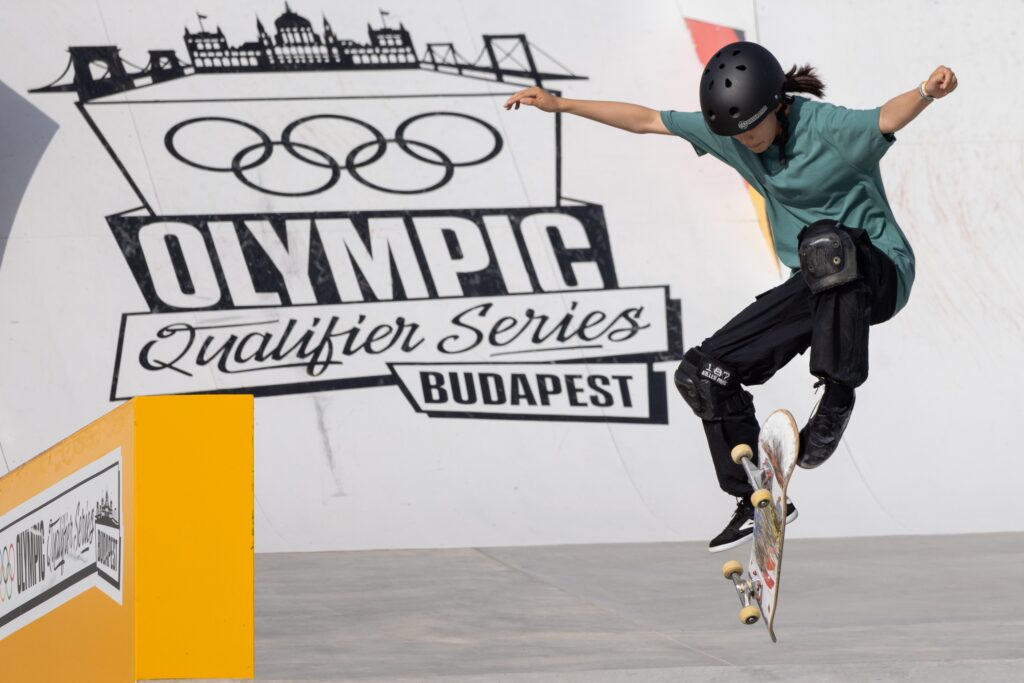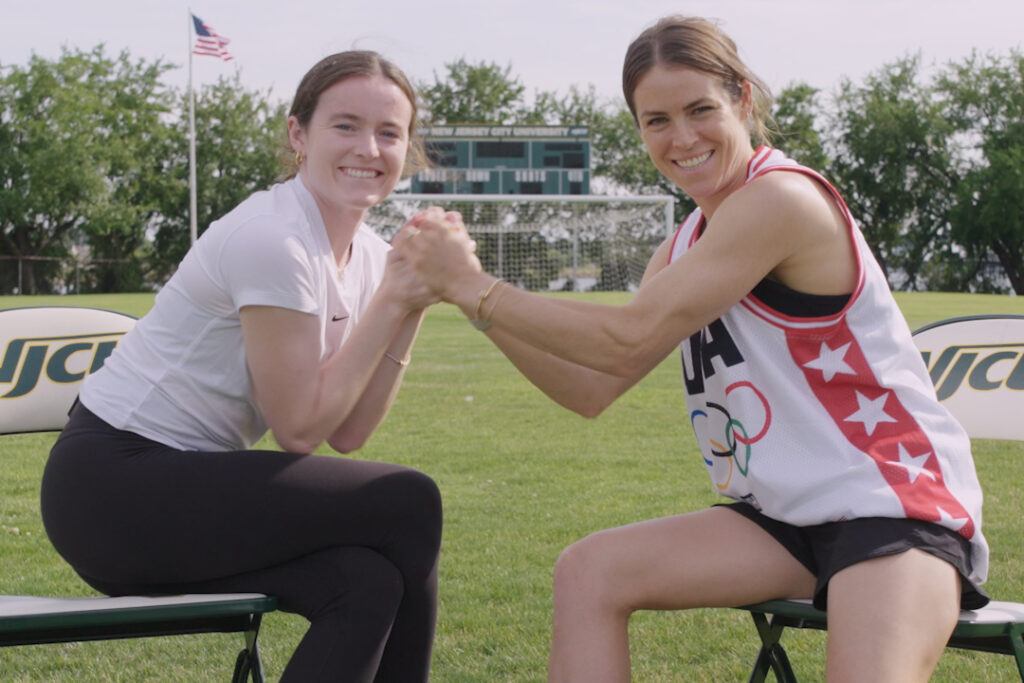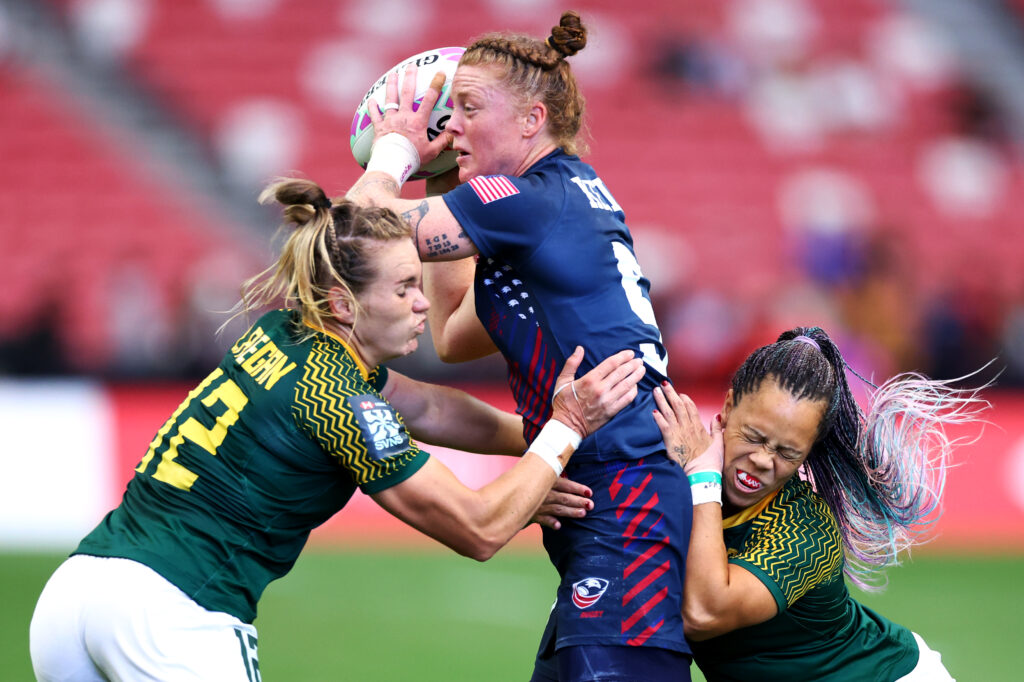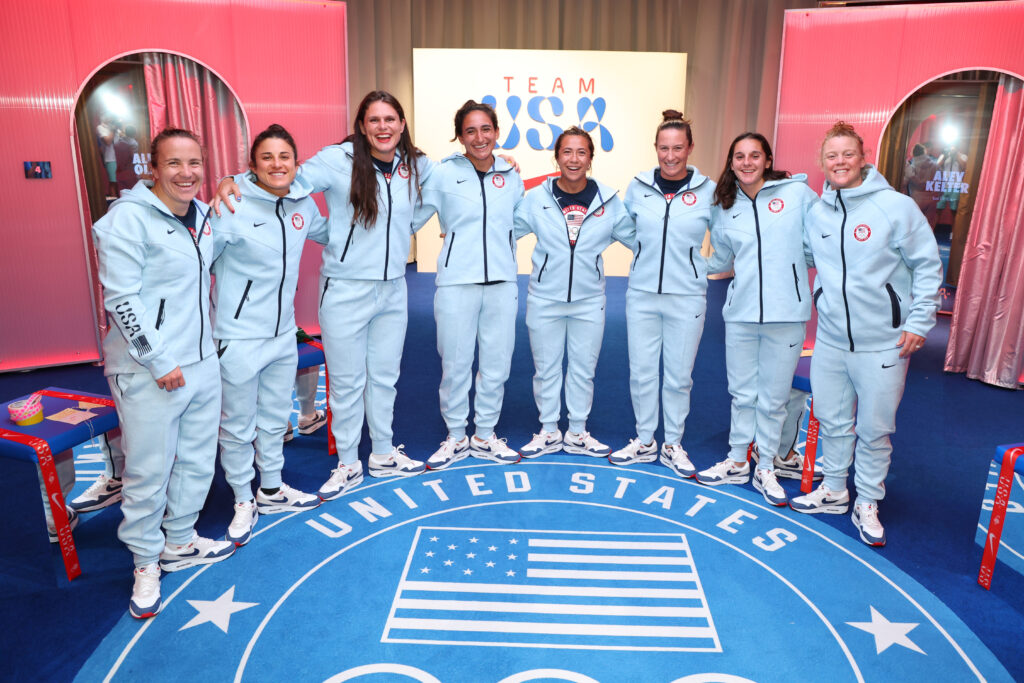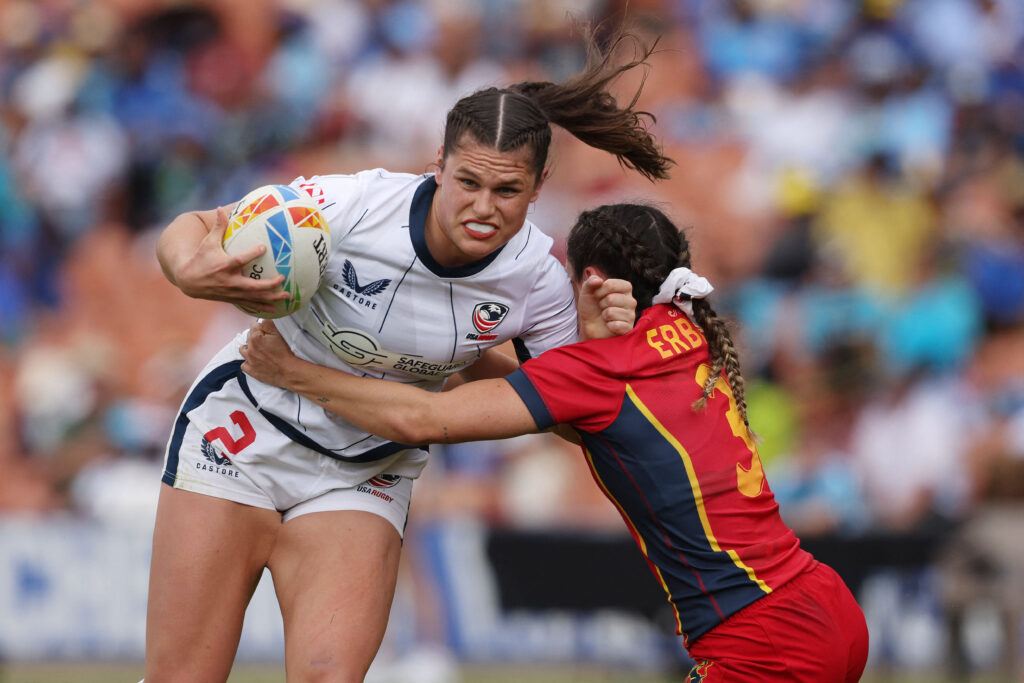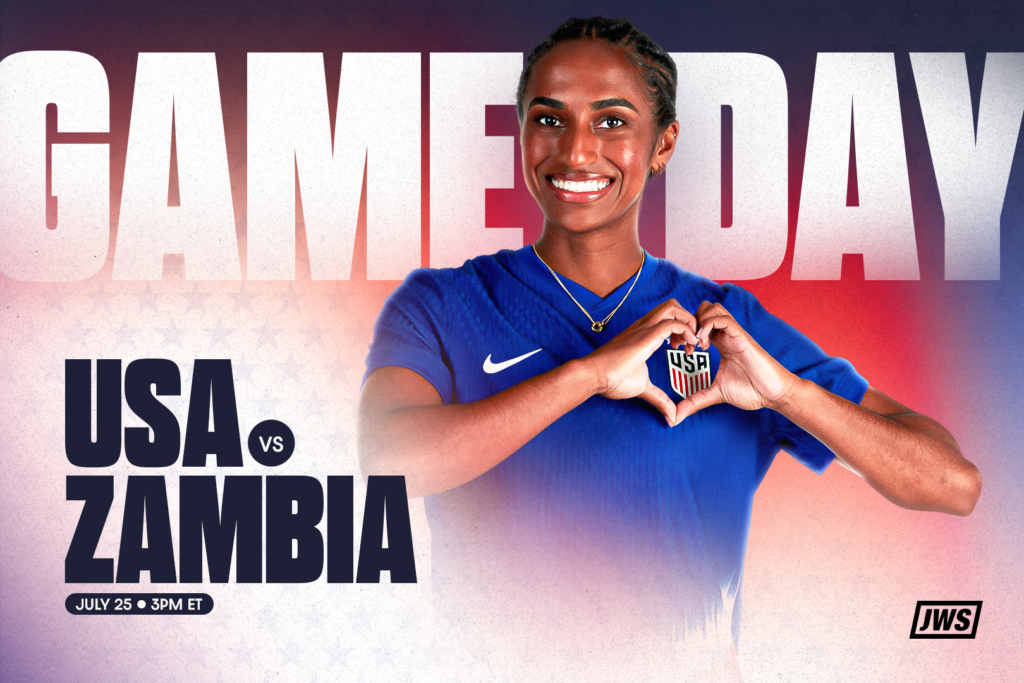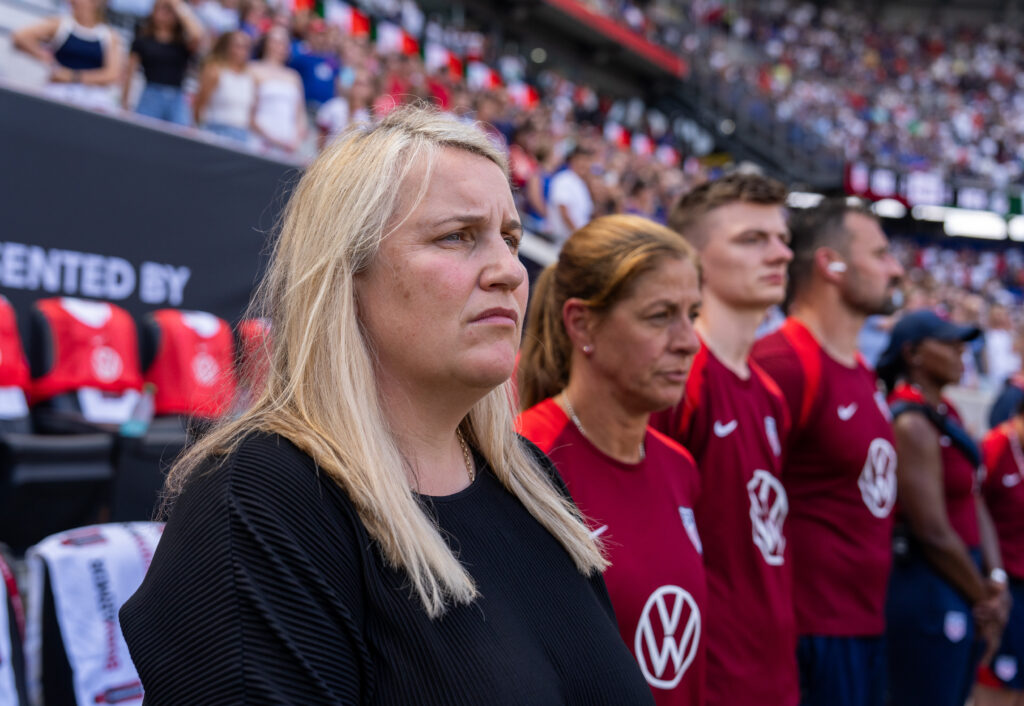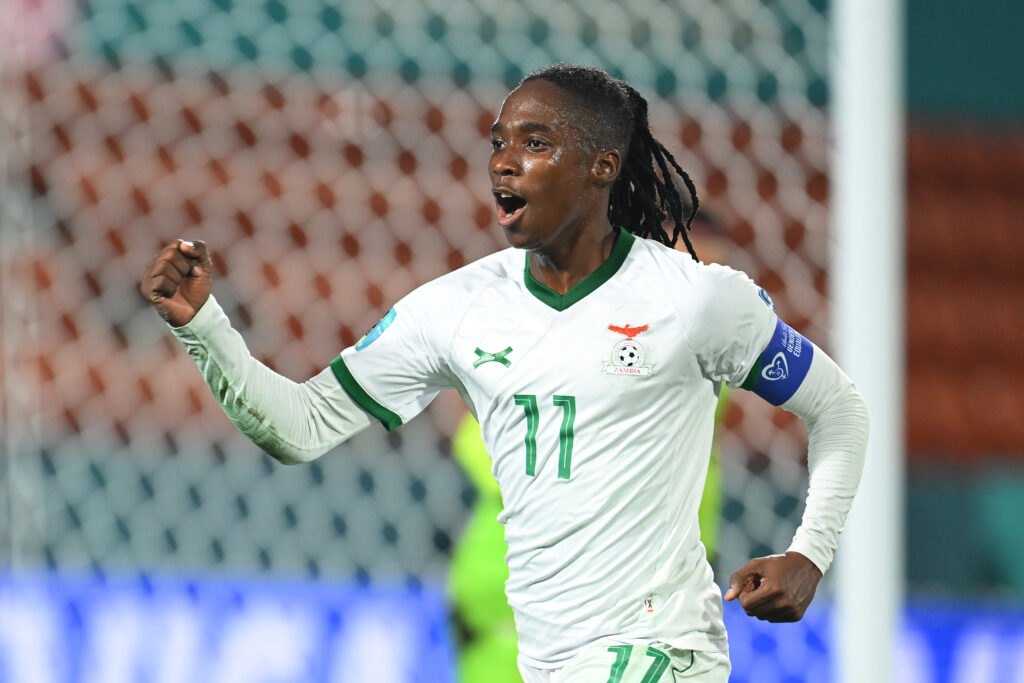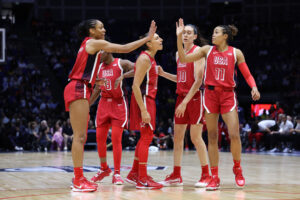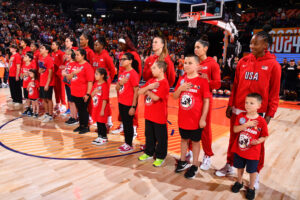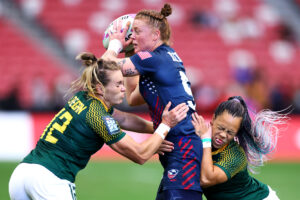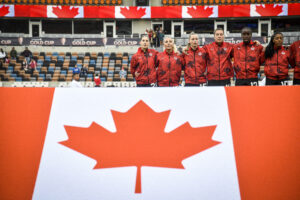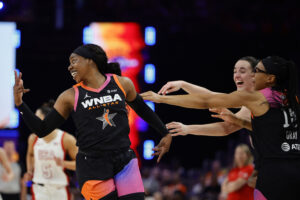Conference debates happen every year in college basketball, but at no point are they fiercer than in the weeks leading up to Selection Sunday. And this women’s college basketball season, there is plenty to debate between three conferences: the Pac-12, the Big Ten and the ACC.
While the SEC has two of the top-five teams in the country, South Carolina and LSU, no other program from the conference is represented in the most recent AP Top-25 poll. The Big 12 has three current Top-25 teams (No. 15 Oklahoma, No. 17 Texas and No. 22 Iowa State) and the Big East has two (No. 6 UConn and No. 14 Villanova).
To determine the best conference, Just Women’s Sports used three factors: expert analysis, AP rankings and NET rankings. The NET is a system that takes into account a team’s results, strength of schedule, game location, scoring margin, offensive and defensive efficiency, and quality of wins and losses.
Here are the cases to be made for each of the top three conferences.

Pac-12
Ranked teams: No. 3 Stanford, No. 4 Utah, No. 16 UCLA, No. 18 Arizona, No. 21 Colorado, No. 25 USC
Top-25 NET teams: No. 4 Stanford, No. 6 Utah, No. 20 Colorado, No. 21 Oregon
The Pac-12 has looked stronger as the season progresses, with teams like Colorado and USC moving into the rankings and others like Stanford and Utah maintaining their success. In other words, the best teams are staying in top form, and the rest of the conference is catching up.
The Pac-12 also holds the distinction of having two of only four teams in the country, UCLA and Stanford, who have lost to No. 1 South Carolina by fewer than 10 points. The Cardinal took the Gamecocks to the brink on Nov. 20 before losing 76-71 in overtime, giving South Carolina the biggest challenge they’ve faced thus far.
And while Oregon has fallen off mightily since an 11-1 start to the season, the Ducks are still a positive for the Pac-12. They have a high net ranking, and they’ve managed to be competitive against most of their opponents. Those close games include eight-point losses to Utah and Stanford, a six-point loss to UCLA and a five-point loss to USC.
Overall, the Pac-12 is a competitive conference where even the bottom teams (other than 0-12 Arizona State) give their opponents trouble. Take Washington’s 72-67 win over Stanford as an example — despite being 13-11 and 5-9 in conference play, the Huskies were just the second team to top the Cardinal this season.
Big Ten
Ranked teams: No. 2 Indiana, No. 7 Iowa, No. 8 Maryland, No. 12 Michigan, No. 13 Ohio State
Top-25 NET teams: No. 5 Indiana, No. 7 Iowa, No. 14 Michigan, No. 15 Maryland, No. 16 Ohio State
At this point in the season, there are three teams that I think can win the national championship: South Carolina, Stanford and Indiana. The Big Ten’s No. 1 team can compete with the best of the best, and with the way the Hoosiers are playing right now, a Final Four seems plausible and a championship more than possible. That’s a good start for the Big Ten in the top conference debate, but the argument doesn’t end there.
There’s Ohio State, a team that also looked poised for a Final Four when healthy. It’s unclear whether they’ll get Jacy Sheldon and Rebeka Mikulasikova back in time for the postseason, but the Buckeyes’ 18-0 start can’t be discounted.
Having a player like Caitlin Clark in the Big Ten also gives the conference a lift, as the Player of the Year candidate makes Iowa a challenge for any opponent. Then, there’s Maryland, who has impressive non-conference wins over UConn, Notre Dame and Baylor, as well as Michigan, who topped North Carolina.
The conference also has two unranked but competitive teams in Nebraska and Illinois. The Huskers beat Maryland once this season and secured a triple-overtime win over a solid Kansas team, and Illinois defeated Iowa.
The argument for the Big Ten comes from Michigan State, who despite being 5-9 in conference play, is the only team in the country to beat Indiana.
ACC
Ranked teams: No. 9 Duke, No. 10 Notre Dame, No. 11 Virginia Tech, No. 19 North Carolina, No. 24 Florida State
Top-25 NET teams: No. 7 Duke, No. 9 Notre Dame, No. 12 Virginia Tech, No. 17 NC State, No. 19 Florida State, No. 23 North Carolina
The ACC has the distinction of being the most chaotic conference in the country. Every week, ACC teams are beating up on each other, and the conference standings reflect that chaos. Duke is first at 12-2, Notre Dame follows at 11-3, Virginia Tech and Louisville are tied at 10-4, and Florida State, North Carolina and Miami are all 9-5. With just over a week left in the regular season, it’s going to be a fight for the top spot until the very end.
Let’s start with Duke, the team most likely to win the ACC. They’re 22-3 with one non-conference loss (78-50 against Connecticut), and their other defeats came against Florida State and North Carolina. Notre Dame, the second-place team, beat UConn in non-conference play and then lost to Duke and NC State in conference play. Louisville is unranked in both the AP Poll and the NET, but they are tied for third in the ACC. Finally, one of those 9-5 teams, Florida State, topped the conference’s first-place team but also lost to Boston College, who is 4-11 in conference play.
See? Pure chaos.
The ACC also has three unranked teams that have spent time in the Top 25, one of which is knocking on the door yet again. After a tough start to the season, Louisville is back to getting the type of results people expected of them, with a big win over UNC on Feb. 5. The other two unranked squads, Miami and NC State, have both spent time in the Top 25 and have wins over top conference opponents. Miami defeated UNC and Virginia Tech on back-to-back nights, while NC State has a win over Notre Dame and a non-conference victory over Iowa.
As this exercise makes clear, all three of these conferences are stacked this season. But I think one is just a bit better than the others based on overall parity. When I turn on an ACC game, I never know what’s going to happen because these squads are so close together.
In 2023, the ACC reigns supreme.
Eden Laase is a Staff Writer at Just Women’s Sports. Follow her on Twitter @eden_laase.
